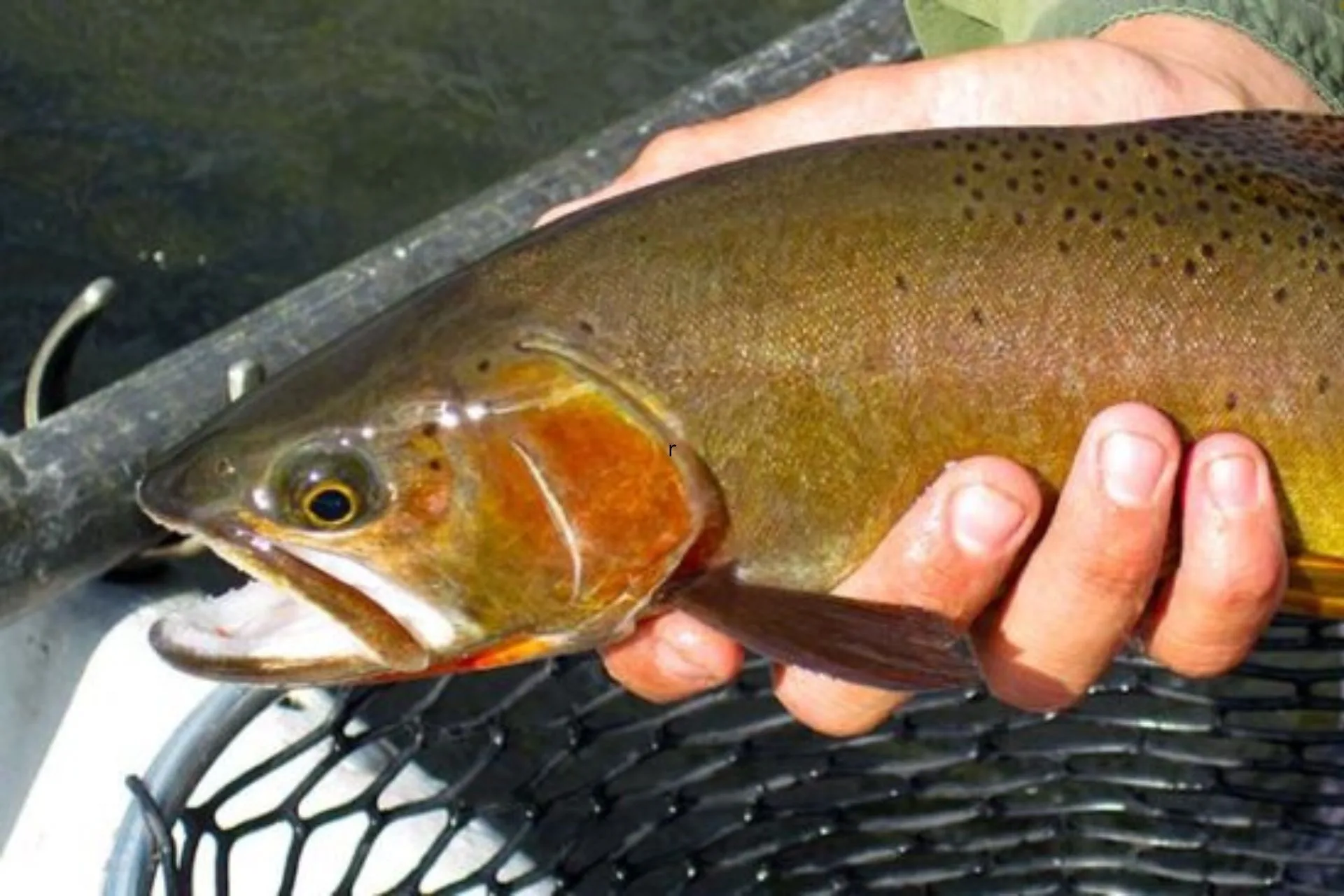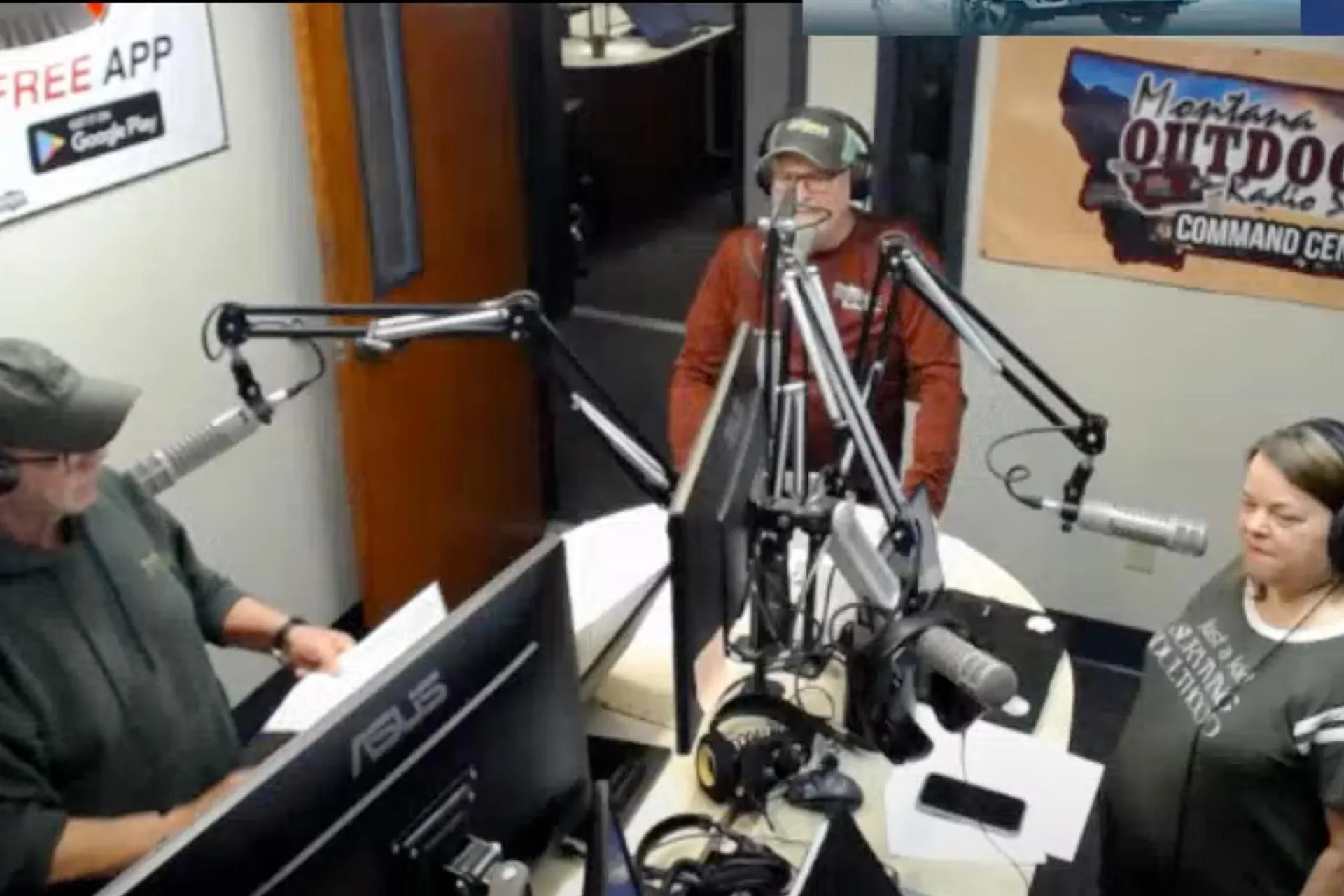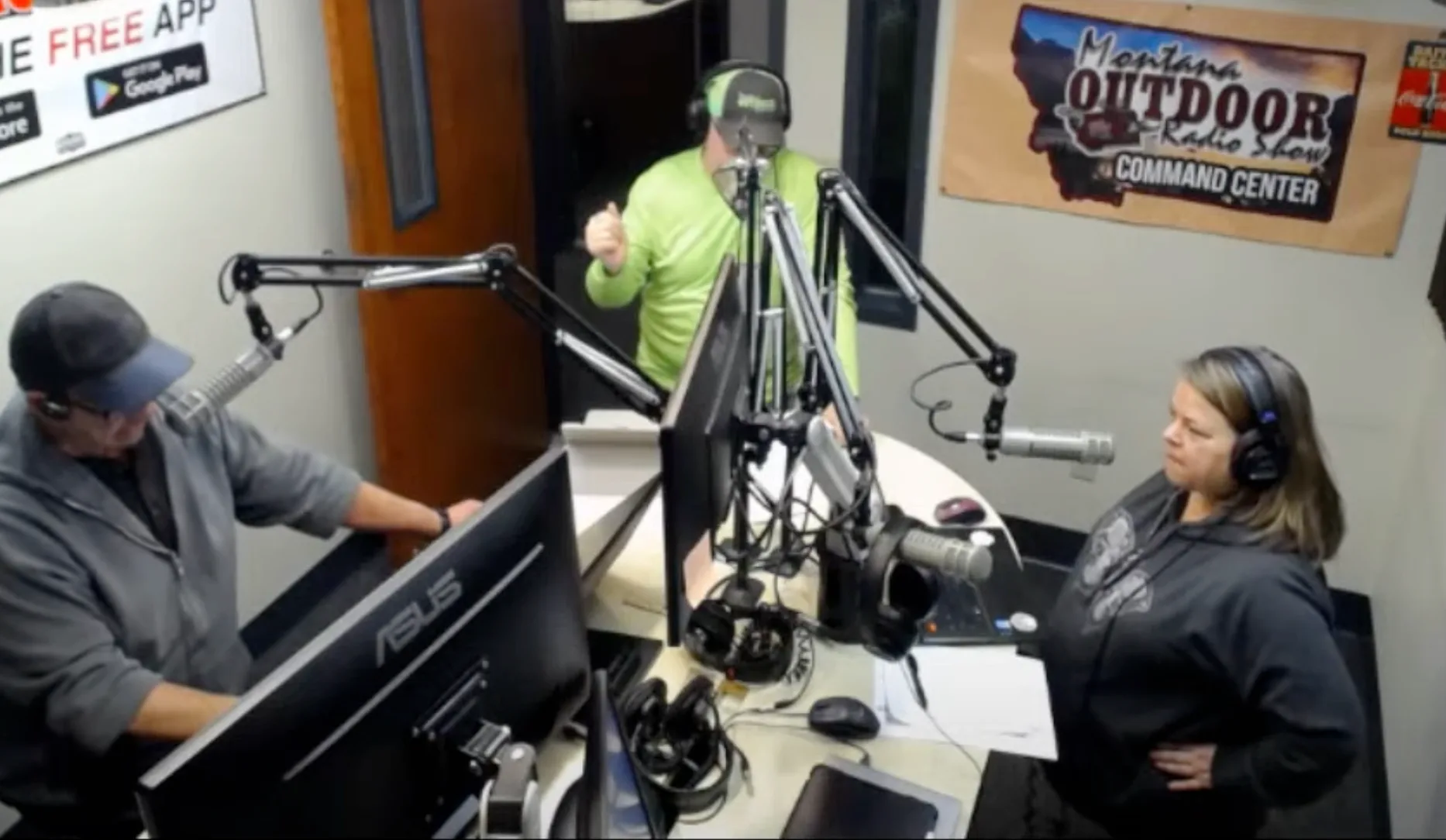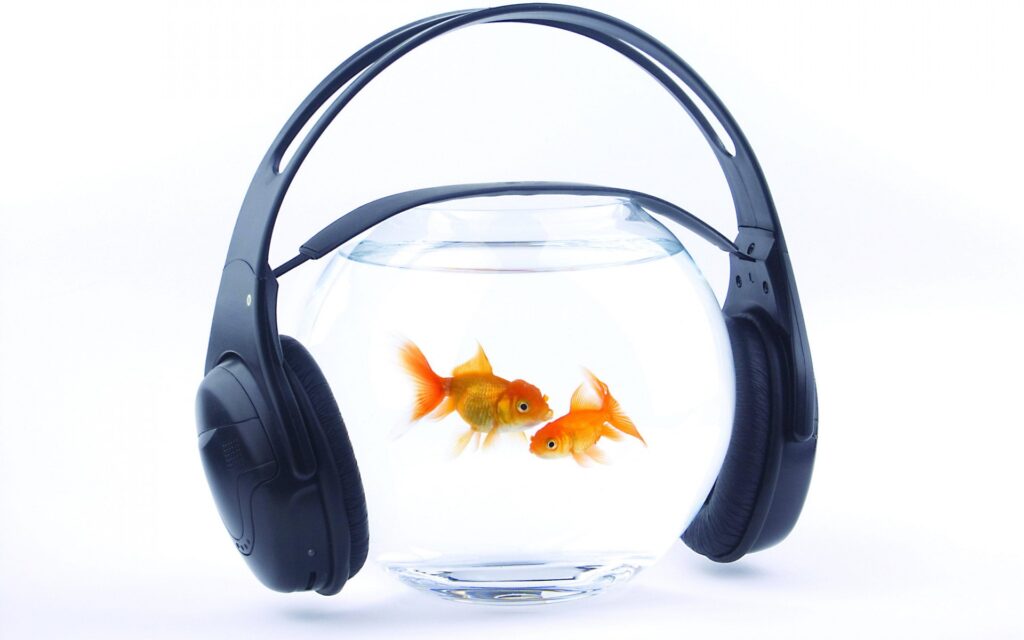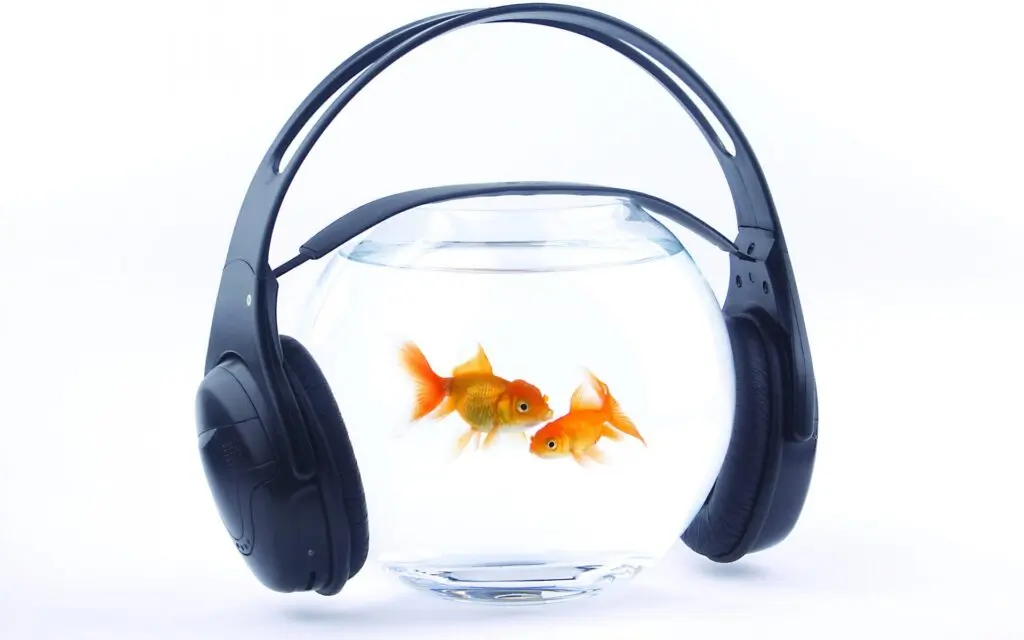The following report is by Yellowstone Country Fly Fishing out of Livingston:
This Yellowstone River fishing report is valid from June 25 through about July 1. We thought we updated it last week. Sorry!
The Yellowstone is exceptionally low and is thus fishable from Gardiner all the way to Laurel, with only Yankee Jim Canyon and the area east of Livingston still rowdy enough that inexperienced rowers should stay away. Give it another week or ten days at least for these areas.
The Salmonfly hatch began last week. There are still some stragglers as far downstream as Loch Leven, but the bulk of the hatch is upstream of Carbella, including inside Yellowstone Park. Additional hatches include golden stoneflies, yellow sallies, both Hydropsyche and large chocolate caddis, and PMD. Not many Green Drakes, which is a surprise.
The bite so far has been mostly but not entirely subsurface. Small natural Zirdles have been good choices, while near Gardiner large black and orange Buggerlegs are still a good bet. Trail these with caddis pupae, Prince-style nymphs, and Duracells.
The dry fly bite will only get better. Salmonfly dries are good near Gardiner. Otherwise, stick to big Chubby Chernobyls and larger Trude-style attractors. There probably isn’t quite enough clarity for smaller caddis and Yellow Sally eats on the surface yet, but we would have these patterns too.
- Hatches: See above.
- Dry Flies: #8-12 gold Chubby Chernobyl, #6 Henry’s Fork Salmon or Trad Stone, #12 Synth Double Wing or Trude or Clacka Caddis. Dry caddis, Sally, and PMD eats are imminent.
- Nymphs & Wets: #4-12 stonefly nymphs (Girdle Bug, Minch Stone, 20-Incher, etc.) or #8-12 Zirdles trailing a caddis pupa (tan “tag nymphs” were working today), Yellow Sally Nymph, or attractor nymph in the #14-16 class.
- Streamers: Black or white Woolly Buggers or Bow River Buggers (Woolly Buggers with Muddler heads) and similar bulky junk flies, #2-6. #6 Buggerlegs.
Learn more about fishing the Yellowstone River (in Montana).
Info about our float trips, a majority of which take place on the Yellowstone.
Yellowstone River Streamflow Data
Sudden spikes on the Corwin Spring gauge suggest mud is on the way. Fish further downstream. Also check the gauges on the Yellowstone Park page for the Lamar River and Gardner River, as these also show mud coming into the Yellowstone. When water temps are peaking over 22 degrees Celsius (a bit over 70F), we suggest quitting by 2:00PM. Mandatory closures begin when flows are hitting 73F (22.75C).
The graphs are presented from upstream to down. For more granular data, check out the new USGS Montana Streamflow Data pages. It is not possible to embed this more in-depth information on external websites.
Yellowstone River at Corwin Springs – Flow
Yellowstone River at Corwin Springs – Water Temperature
Yellowstone River at Livingston – Flow
Yellowstone River at Livingston – Water Temperature
Also keep an eye on the following water temperature gauges. These areas are downstream of Livingston and are more prone to getting too warm in late summer. Flow data is not available at these sites, but there’s not a lot of change downstream of Livingston during fishing season, since all tributaries on this reach are pretty small.
Yellowstone River at Springdale – Water Temperature
Yellowstone River at Big Timber – Water Temperature
Yellowstone River Webcam
This camera (courtesy Montana Whitewater) is prone to failure and may operate intermittently.
Yellowstone River Fishing Report – Links
- Lamar River, Gardner River, and Shields River streamflow data: Sudden flow spikes in these waters will bring mud into the Yellowstone, the Gardner first.
- Gardiner, Corwin Springs, Emigrant, Livingston, Big Timber, and Columbus weather forecasts. Watch the wind speeds and avoid floating Livingston-Columbus when east winds are forecast.
- Gardiner Webcam This raft company webcam gives a good sense of Yellowstone River level and clarity for the Upper River.
Note: We update our general fishing report far more often than our fishery-specific reports like this one, especially between November and April.

